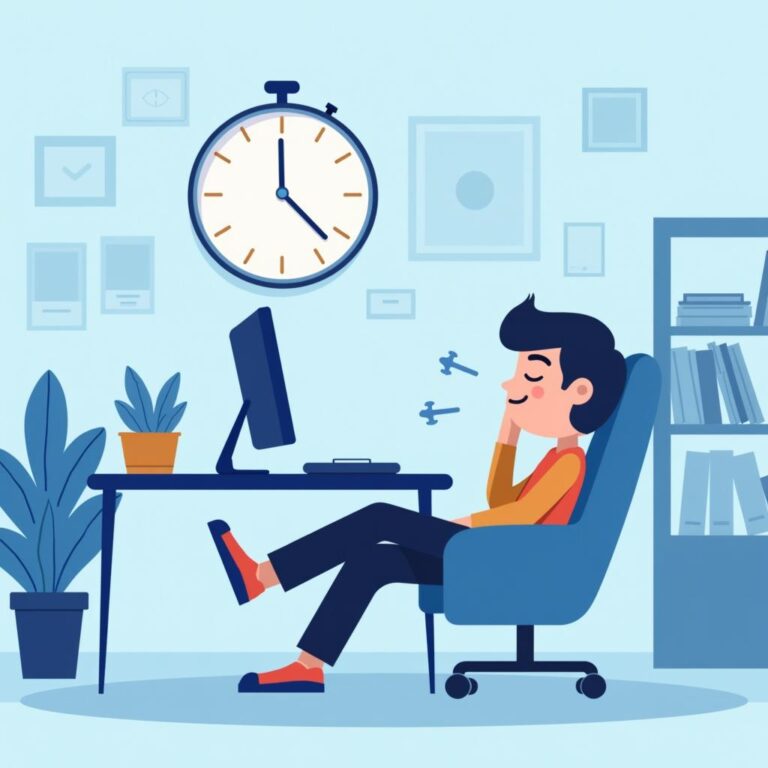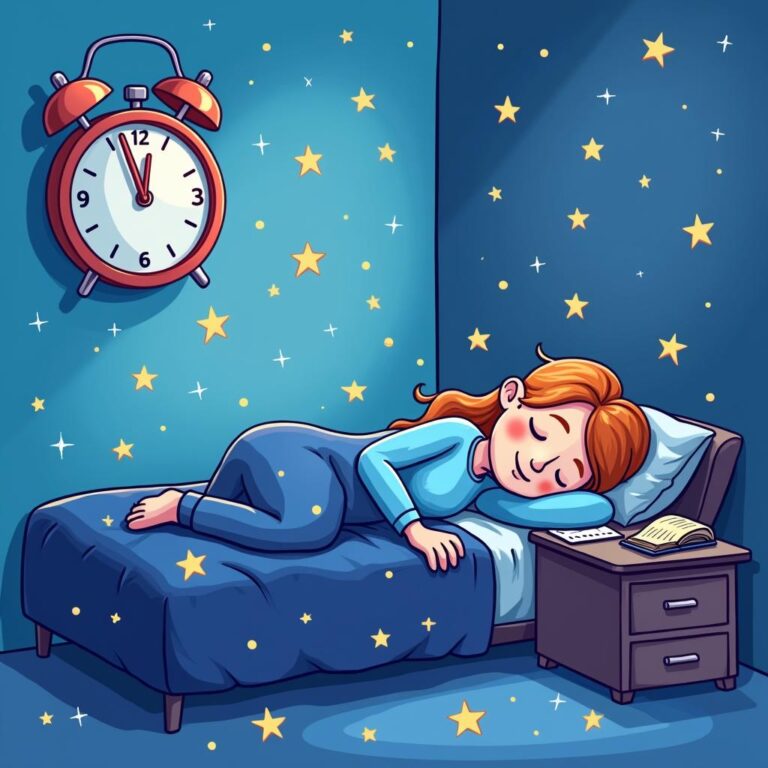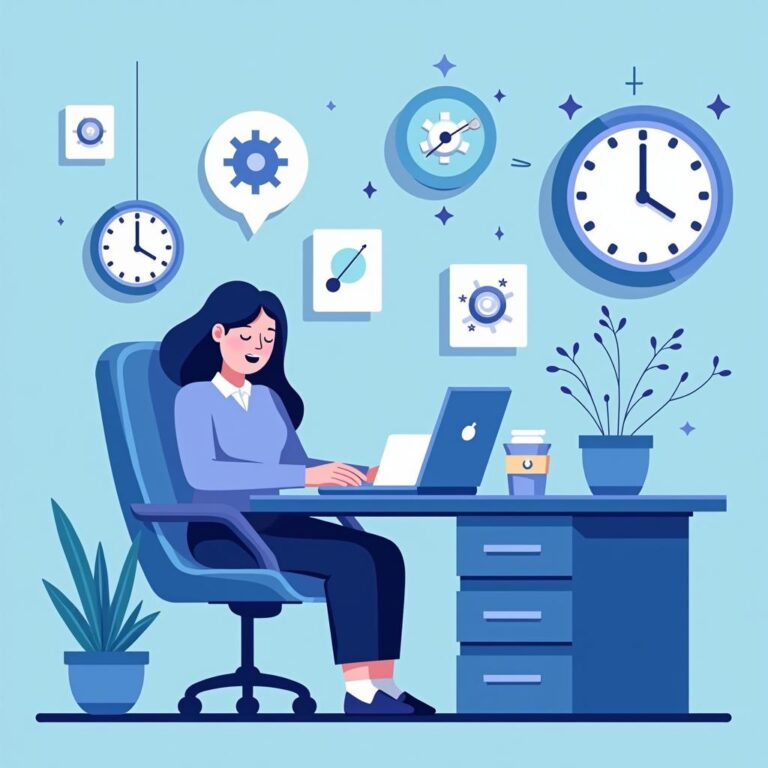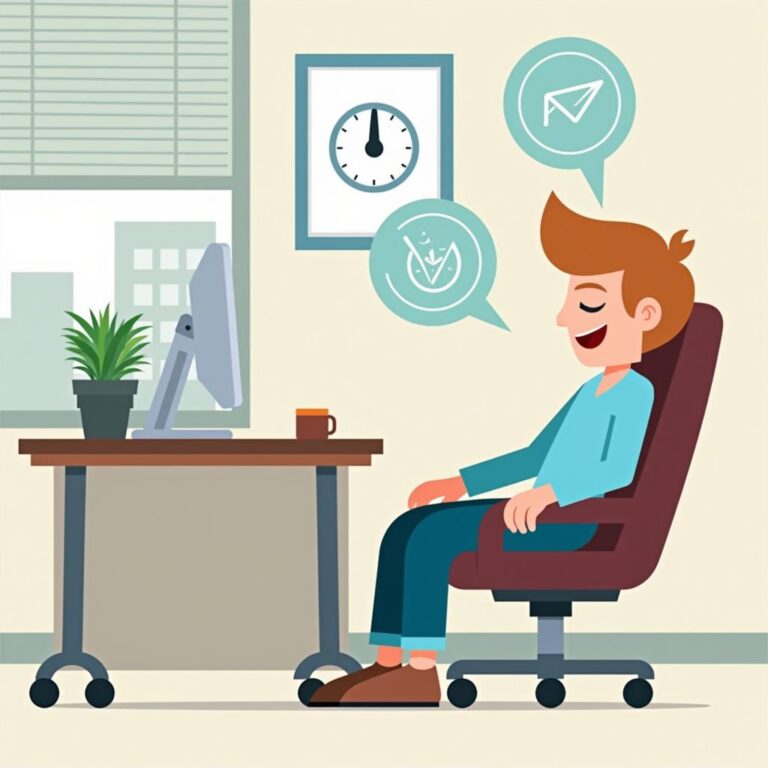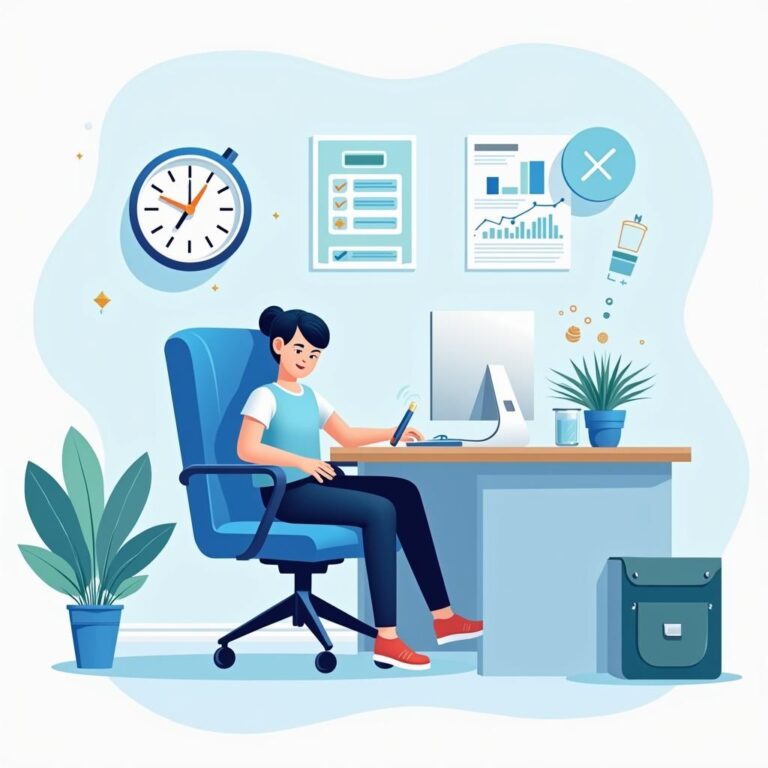In today’s fast-paced world, busy professionals often find themselves juggling multiple tasks and responsibilities, which can lead to fatigue and decreased productivity. A short nap can be a rejuvenating solution that allows them to recharge and tackle their day with renewed energy. This article delves into the best short nap time practices for busy professionals and offers tips on how to maximize the benefits of a quick rest.
Understanding the Benefits of Short Naps
Research has shown that taking short naps can significantly benefit cognitive performance and overall well-being. Here are some key advantages:
- Increased alertness: A quick nap can help improve alertness levels, which is especially beneficial when you feel drowsy.
- Enhanced memory: Napping can improve memory retention and learning capabilities, helping busy professionals absorb new information more effectively.
- Stress relief: Short naps also promote relaxation and reduce stress, allowing professionals to handle their workload with a clearer mind.
- Improved mood: A brief nap can elevate your mood, making you feel more positive and engaged throughout the day.
Optimal Nap Duration
When it comes to short naps, duration plays a crucial role. The ideal nap length varies depending on individual needs, but here are some popular options:
Power Nap (10-20 minutes)
A power nap is perfect for a quick recharge. This short duration helps you avoid deep sleep, making it easier to wake up feeling alert without grogginess. Research suggests that 10 to 20 minutes is enough to increase alertness, improve performance, and enhance mood, making it highly advantageous for busy professionals on the go.
Short Nap (20-30 minutes)
Napping for 20 to 30 minutes allows you to benefit from light sleep, enhancing cognitive function and memory. This length of time strikes a balance between relaxation and alertness, giving you enough rest without entering deep sleep stages. It can help improve your focus for the remainder of your work tasks.
Longer Nap (30-60 minutes)
A nap lasting 30 to 60 minutes allows you to enter deeper stages of sleep, which can be more restorative. However, waking from deep sleep can sometimes leave you feeling groggy, known as sleep inertia. If you choose this duration, consider timing your nap carefully to avoid impacting your nighttime sleep.
Best Time to Nap for Busy Professionals
The effectiveness of your short nap can also depend on when you take it. Here are our recommendations:
Midday Naps
The best time to take a nap for busy professionals is typically in the early afternoon, around 1 PM to 3 PM. During this time, many people experience a natural dip in energy levels due to the body’s circadian rhythms. Taking a nap during this window can help you overcome that sleepy feeling and improve your productivity for the rest of the day.
Creating the Ideal Nap Environment
To maximize the benefits of your short nap, it’s essential to create an environment conducive to rest:
Find a Quiet Space
Reducing noise is crucial for effective napping. Whether it’s a quiet office corner or a designated relaxation room, finding a calm environment will help you fall asleep more easily.
Dim the Lights
Bright lights can hinder your ability to drift off. If possible, lower the lighting in your napping area or use an eye mask to block out excess light.
Comfortable Position
Ensure that you’re in a comfortable position, whether it’s reclining in a chair or lying flat. Use a soft cushion for support and try to minimize physical tension before you nap.
Limit Distractions
Put your phone on silent mode and avoid any potential distractions. It’s essential to create an environment where you can focus entirely on resting, free from interruptions.
Tips for Maximizing the Benefits of Short Naps
Here are some practical suggestions to help you make the most of your short nap:
Establish a Routine
Try to nap at the same time every day if possible. This habitual approach trains your body to recognize when it’s time to rest, making falling asleep easier.
Use Alarm Clocks
Set an alarm to ensure you wake up at the perfect time. A 20-30 minute nap is ideal; an alarm will prevent oversleeping and guide you back to your daily tasks.
Stay Hydrated and Energized
Maintain proper hydration throughout the day. Dehydration can lead to fatigue, which may hinder the effectiveness of your nap.
Combine Naps with a Healthy Lifestyle
Incorporate a balanced diet and regular exercise into your routine. Staying active and eating well can greatly enhance the quality of your sleep, making short naps even more beneficial.
Conclusion
Short naps can be an invaluable tool for busy professionals looking to boost productivity and well-being. By strategically timing your naps, optimizing their duration, and creating a restful environment, you can harness the full benefits of napping. Remember to integrate these practices into your daily routine for a healthier, more productive lifestyle. The next time you feel fatigued or unfocused, don’t underestimate the power of the best short nap time!


